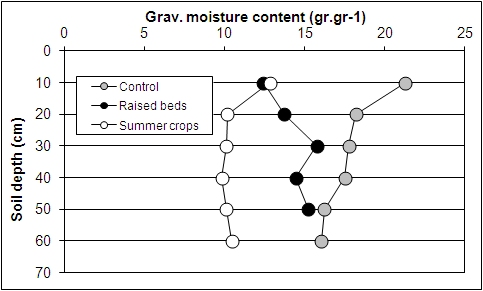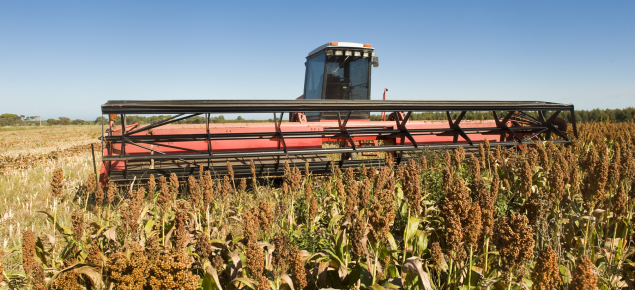Types of summer crops
Sorghum
Sorghums are summer growing grasses with a reasonable drought tolerance. There are forage and grain varieties of sorghum. There is also a range of hybrids derived from crossing sorghum with sudan grass. However, only the forage types of sorghum and their hybrids should be used for grazing, because they are more productive and of better quality.
Sorghums usually produce a greater bulk of summer feed than other summer fodder crops. Sorghums contain prussic acid that can be toxic to stock. Therefore, newer varieties have been bred with lower levels of prussic acid. Sorghums are usually biennial. This means that they become dormant over winter and regrow in the second summer, after which they usually die out.
Varieties that show promise in Western Australia include ‘Jumbo’ and ‘Superdan’. Sorghums will not germinate well until soil temperatures reach 18°C at 9.00am Some germination occurs at lower temperatures, but the resulting seedlings are weak and do not perform well.
Sweet sorghums
Sweet sorghums have higher sugar levels than the other sorghums and this makes them more suitable for silage. They also have coarser stems than the other sorghums and are, therefore, less suitable for grazing by sheep.
Temperate millet
As a fodder crop, millets are suited to one summer season. In some cases millet has regenerated from self-sown seed. The seed is much less temperature sensitive than sorghums and will germinate at a 9.00am soil temperature of only 14°C. Millets do not contain prussic acid, and are usually not as productive as sorghums or pennisetums. Varieties showing promise in Western Australia include ‘Shirohie’ and ‘Japanese’.
Forage pennisetums
Forage pennisetums were previously known as pearl millets. Forage pennisetums generally have higher protein and digestibility than sorghums. The pennisetums do not contain prussic acid. They also have finer stems and are the preferred summer forage for sheep. Pennisetums are frost sensitive and can be killed if sown too early. Pennisetums require some rain after seedlings emerge to promote the development of the secondary root system. They will germinate at 16°C.
If summer crops are grown on a waterlogged paddock where the winter crop has failed, the soil profile will be dry out over the summer to a greater extend than without a summer crop which will delay the onset of any waterlogging the following winter. That is expressed in the following graph (Figure 1) that shows three soil moisture profiles from South Stirling at the on-set of winter.

Figure 1. Dry soil moisture profile in May following a summer crop.


